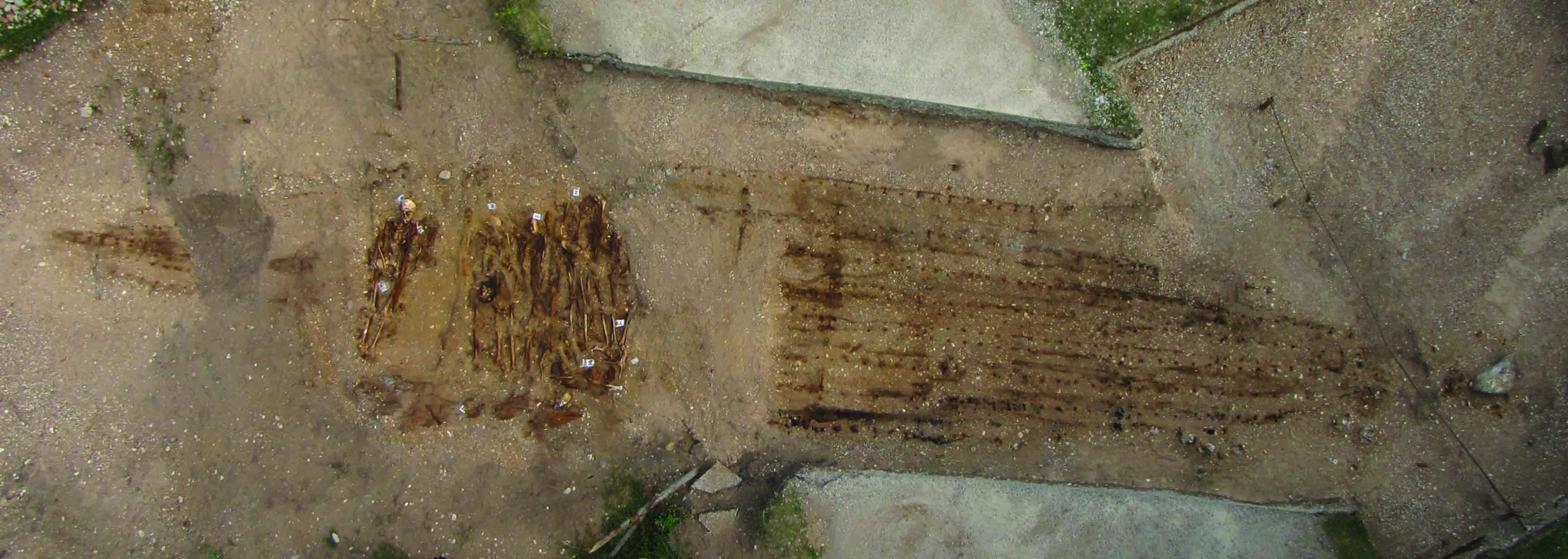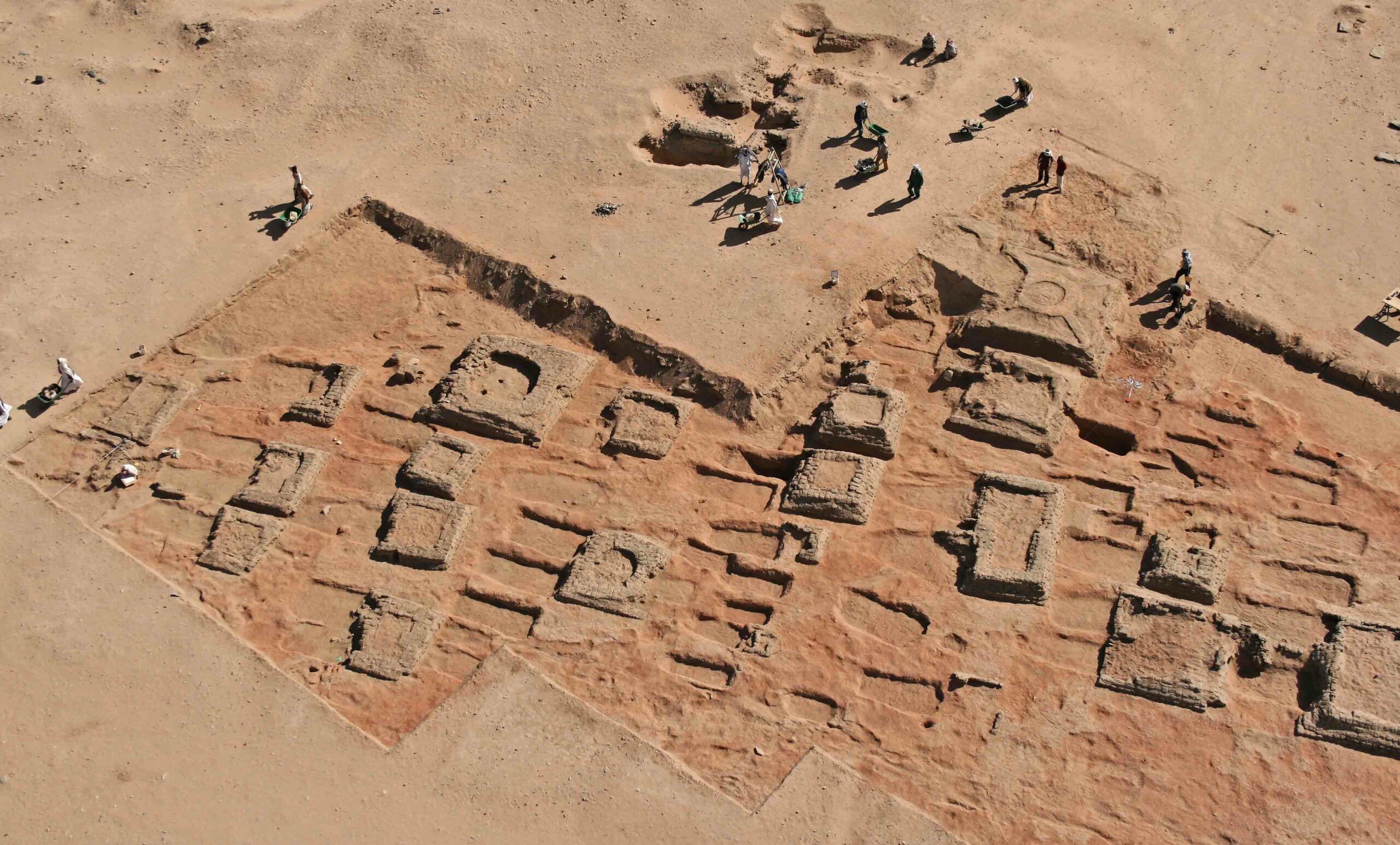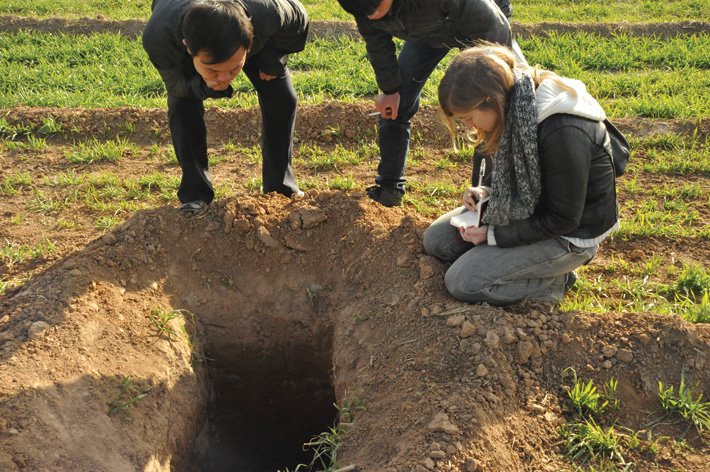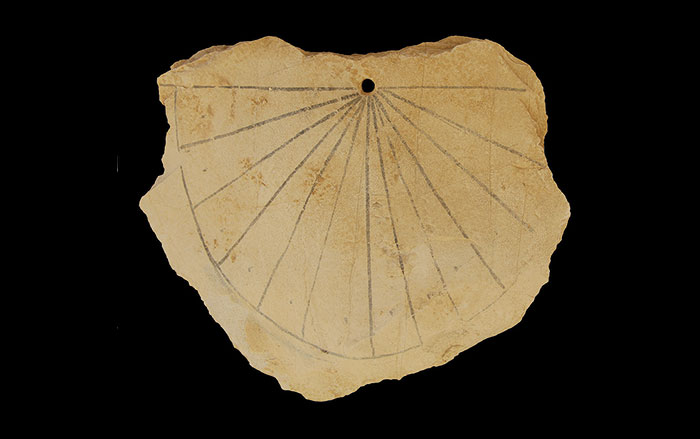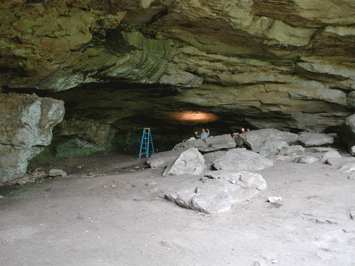
Many people probably associate rock art in the United States with the arid vistas of the Southwest, but it can be found elsewhere, such as on a forested mountain in central Arkansas. At Petit Jean Mountain, in a state park of the same name, there are dozens of beautiful old Native American rock art sites. Most of these sites are little known to visitors—anonymity helps protect against graffiti and vandalism—but one site is particularly accessible: Rock House Cave. According to Ann Marie Early, the state archaeologist, and George Sabo III of the Arkansas Archeological Survey, visitors to Rock House Cave can see more than a hundred pictographs, both abstract and figurative, that date to the first half of the seventeenth century.
The site
Rock House Cave can be found alongside the Cedar Falls Trail, which begins at the parking area of Petit Jean State Park. It is not a cave per se, but one of the largest sandstone bluff shelters in the state: 85 feet long and 100 feet deep, with a 16-foot ceiling. Most of the pictographs on its walls are red, probably pigmented with red ochre, and painted with either fingers or frayed twigs. The art is composed of geometric shapes and meandering lines, as well as remarkably realistic animal depictions. One of these is a life-size painting of a paddlefish, or spoonbill catfish, 36 inches long. Beneath it is a depiction of an open-weave basket thought to be a fish trap. Sabo says that the size of Rock House Cave suggests that it might have been a gathering place—though it’s not clear what community used it. Excavations at Carden Bottoms, at the foot of Petit Jean Mountain, have uncovered seventeenth-century pottery decorated with motifs similar to those painted in the cave. Some believe that Carden Bottoms hosted a multiethnic community that included ancestors of the Osage, Caddo, Quapaw, and others.
While you’re there
The trail that passes by Rock House Cave (one of 10 official trails in the park) winds from scenic Cedar Creek Falls to the rustic, renovated Mather Lodge, where visitors can rent cabins or have dinner overlooking the canyon. Just west of Petit Jean Mountain is Holla Bend National Wildlife Refuge, which attracts large flocks of migrating birds, including 100,000 ducks and geese, as well as songbirds, wading birds, and, in winter, bald eagles. Little Rock, 70 miles southeast, is home to the William J. Clinton Presidential Library and numerous museums. And 15 miles more will bring you to Toltec Mounds State Park, a prehistoric Woodland complex with a museum—one of the largest prehistoric sites in the lower Mississippi River Valley.








